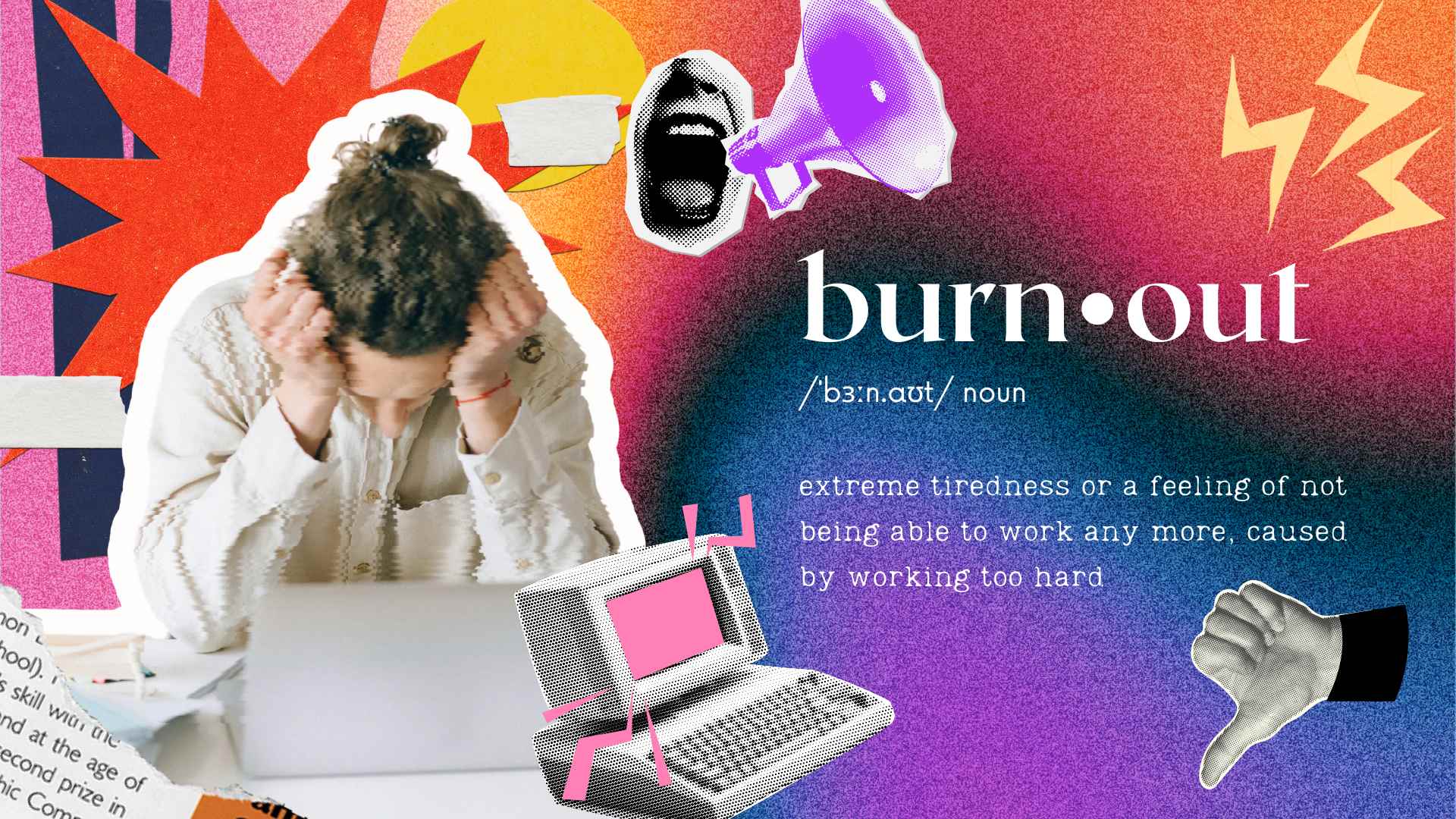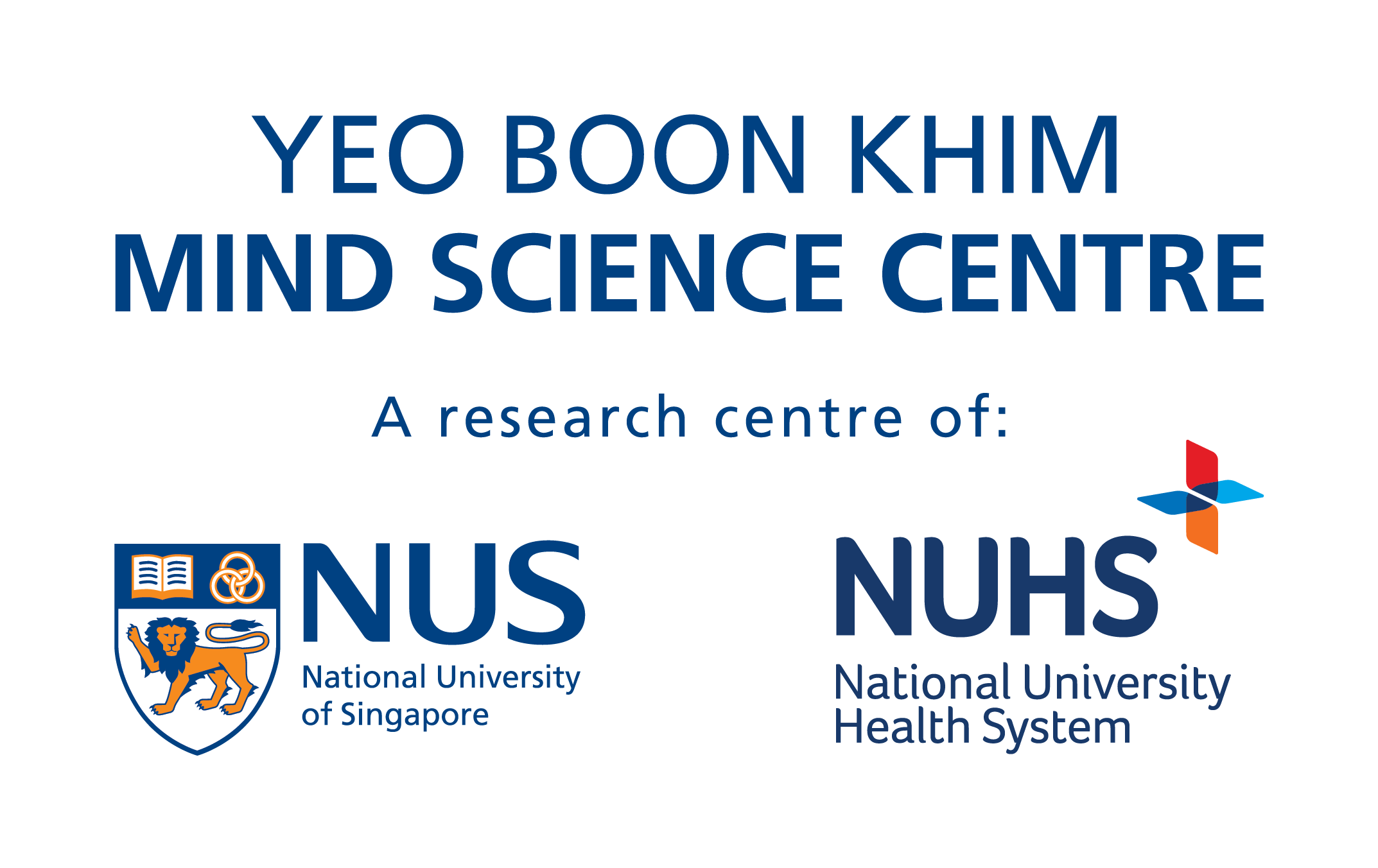Building Resilience: Thriving in the Workplace and Preventing Burnout
A column contributed by Dr Pearlene Ng, Deputy Programme Director & Education Director (Psychology) of Yeo Boon Khim Mind Science Centre

In today’s fast-paced work environment, stress is often viewed as a normal part of life. However, when stress becomes chronic, it can lead to burnout, affecting not only our personal well-being but also our job performance.
Stress and burnout exist on the same continuum, but key differences exist. While stress can be positive and short-term, motivating us to achieve our goals, burnout arises when stress is chronic and overwhelming. Stress may lead to over-engagement, while burnout often results in disengagement, where individuals feel detached from their work and less effective in their roles.
Burnout is more than just feeling stressed—it’s the result of prolonged, unrelenting stress that hasn’t been effectively managed. American psychologist Herbert Freudenberger first coined the term in the 1970s, using it to describe the mental and physical exhaustion that comes from severe stress. According to the World Health Organisation (WHO), burnout is now recognised as an occupational phenomenon, characterised by three main elements:
- Energy depletion or exhaustion,
- Increased mental distance from one’s job, or feelings of cynicism and negativism towards work,
- Reduced professional efficacy.
Importance of Good Mental Health at the Workplace
Mental health in the workplace is critical for creating a positive, supportive, and productive work environment. It affects how employees interact with one another, handle stress, and approach their tasks. Poor mental health can negatively influence job performance, decision-making, communication, and the overall atmosphere of the workplace. When mental health is prioritised, employees feel more valued, motivated, and engaged, fostering a healthier organisational culture.
There are also financial benefits for organisations that prioritise employees’ mental health. According to a survey conducted by the National Council of Social Services, for every dollar spent on workplace adjustments, organisations see an average return of $5.60, along with a 13.3% reduction in annual medical costs and a 6.5% increase in average yearly income per employee. In addition, companies that prioritise mental health have reported higher employee morale, productivity and retention. This approach lowers costs associated with retraining and recruitment, which typically amount to $3,650 per employee in Singapore.
Recognising Signs of Burnout
Burnout manifests both mentally and physically. Some common signs, include:
- Increased mental distance from work,
- Negative thoughts about co-workers or a cynical outlook on life,
- Difficulty concentrating, feelings of frustration, and even symptoms of depression or anxiety,
- Chronic fatigue and sleep disturbances,
- Increased vulnerability to physical illnesses.
Recognising these signs early can prevent the downward spiral into full-blown burnout. Additionally, it’s important to look out for these symptoms in colleagues and offer support when needed.
Causes of Burnout
Burnout often results from workplace factors such as:
- Heavy workloads and unrealistic deadlines,
- Lack of autonomy in decision-making, leading to boredom and frustration,
- Poor work-life balance, with employees unable to separate personal time from work,
- Perceived futility in one’s role, where contributions aren’t recognised, or suggestions are ignored,
- Inadequate rewards, whether in terms of salary or acknowledgment,
- Working in an unsupportive environment,
- Not having clear direction and communication from managers,
- Lack of role clarity.
These conditions create an environment ripe for burnout, making it critical for both organisations and individuals to address these stressors before they become chronic. As Jennifer Moss mentioned in the Harvard Business Review (2019), “Burnout is about your workplace, not your people…. The responsibility for managing it has shifted away from the individual and towards the organisation.”

Preventing Burnout: Building Resilience and Practical Takeaways
Burnout prevention is rooted in both personal and organisational strategies. At the individual level, building resilience is key. Resilience is the ability to bounce back from adversity and adapt to challenges in a healthy way. Here are some suggested strategies to strengthen resilience and prevent burnout:
- Self-care: Prioritise healthy habits such as regular exercise, balanced nutrition, and good sleep. Develop a strong support network and practice mindfulness or relaxation techniques.
- Work-life balance: Set clear boundaries between work and personal time. Don’t be afraid to say no to extra projects if you’re feeling overwhelmed.
- Coping strategies: Learn to recognise negative thinking patterns and replace them with solution-oriented approaches. Cultivate a growth mindset, viewing challenges as opportunities for growth rather than threats.
From an organisational perspective, managers can play a vital role in fostering a mentally healthy workplace by:
- Regularly checking in with their teams,
- Encouraging open dialogue about mental health,
- Offering flexible work arrangements to accommodate different needs,
- Giving credit where it’s due, providing professional development opportunities, and promoting work-life balance,
- Granting autonomy to make decisions and enabling individuals to take ownership of their choices and outcomes.
- Providing clear role expectations, setting a distinct direction, fostering effective communication, and providing feedback on performance.

Recognise, Reverse, Rejuvenate: The 3 Rs of Burnout Prevention
To prevent burnout, we can use these three steps:
01 Recognise
The first step in combating burnout is awareness. Burnout doesn’t happen overnight; it builds gradually. Being able to identify early warning signs—such as persistent exhaustion, detachment from work, irritability, reduced productivity, and frequent physical ailments—can help you catch burnout before it fully sets in. It’s important to not only monitor yourself but also keep an eye on colleagues. Burnout often manifests subtly in changes in attitude, behaviour, or performance. Recognising these signs early can prevent long-term damage to both mental and physical health.
02 Reverse
Once signs of burnout are identified, it’s crucial to take action to reverse its effects. This involves addressing stress by setting firm boundaries between work and personal life. For instance, limiting work-related communications after hours, saying no to additional tasks when overwhelmed, and delegating responsibilities when appropriate can help reduce stress levels. Seeking support is equally important—whether it’s from a supervisor, a mentor, or a mental health professional. Reaching out for help to manage workload or express concerns is not a weakness but a proactive way to protect mental health. Work-life balance is key here, as it ensures work stress doesn’t spill over into personal time.
03 Rejuvenate
The final step focuses on self-care and recharging. Taking time away from work to rest, recover, and engage in activities that bring joy and relaxation is essential for maintaining mental and physical health. Whether it’s taking regular breaks, going for a walk, practicing mindfulness, or engaging in hobbies outside of work, rejuvenating your body and mind is crucial to sustaining long-term performance. It’s also important to regularly reflect on your priorities and ensure your career goals align with a healthy and balanced lifestyle. This alignment between personal aspirations and professional responsibilities ensures you stay motivated, energised, and mentally resilient over the long haul.
By integrating these three steps — Recognise, Reverse, and Rejuvenate — into our daily routine, we can effectively manage stress, prevent burnout, and maintain a sustainable, fulfilling work-life balance.
From Surviving to Thriving
Preventing burnout is about both recognising and addressing it early, as well as building resilience for the long haul. Burnout is not a reflection of personal weakness but rather an indicator of the health of the work environment. When individuals and organisations work together to create a supportive, balanced, and mentally healthy culture, burnout can be prevented, and we can move from merely surviving to truly thriving.

This article was contributed by Dr Pearlene Ng, Deputy Programme Director & Education Director (Psychology) of Yeo Boon Khim Mind Science Centre
[1] Freudenberger, H. J. (1974). Staff burn‐out. Journal of social issues, 30(1), 159-165.
[2] World Health Organization. (2019, May 28). Burn-out an occupational phenomenon: International Classification of Diseases. https://www.who.int/news/item/28-05-2019-burn-out-an-occupational-phenomenon-international-classification-of-diseases
[3] National Council of Social Service. (n.d.). Mental health toolkit for employers: An employer’s guide to hiring and supporting persons with mental health conditions in the workplace. https://www.ncss.gov.sg/docs/default-source/ncss-press-release-doc/mentalhealthtoolkitforemployers-pdf.pdf
[4] Hillert, A., Albrecht, A., & Voderholzer, U. (2020). The burnout phenomenon: A résumé after more than 15,000 scientific publications. Frontiers in Psychology, 11, Article 580204. https://www.ncbi.nlm.nih.gov/pmc/articles/PMC7793987/
[5] Gallup. (2019, February 12). Employee burnout, part 1: The 5 main causes. https://www.gallup.com/workplace/237059/employee-burnout-part-main-causes.aspx
[6] Moss, J. (2019, December 19). Burnout is about your workplace, not your people. Harvard Business Review. https://hbr.org/2019/12/burnout-is-about-your-workplace-not-your-people
